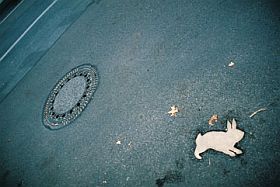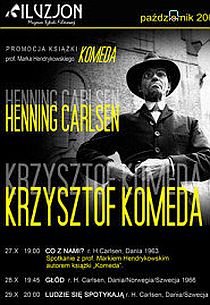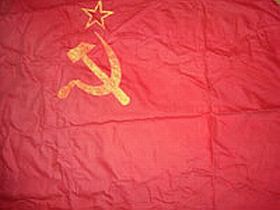


DOCSBarcelona Pitching Forum 1

24 projects were presented at the 13th Pitching Forum of DOCSBarcelona February 5-6. 15 broadcasters, film funders and distributors were around the table to comment and eventually show interest in what was verbally and visually pitched. Most of the project pitchers had been trained at a workshop during two days before the Forum. The rules of the game: 7 minutes of presentation including a trailer and 7 minutes of questions and answers from the panel, that was supplemented by a so-called Row 0 of public funders and several Spanish local broadcasters and distributors. Not to forget a couple of hundreds of observers – producers and other professionals – who were there to create documentary partnerships, which in a period of cuts in budgets all over is more necessary than ever. It is not possible to raise all funding for your feature length documentary nationally any longer, you have to co-produce internationally. This situation was very much reflected in the fact that 243 projects were submitted for the Pitching Forum. A record in the history of DOCSBarcelona.
There are many international pitching sessions. With a different touch and emphasis. DOCSBarcelona is a public forum where others go for one-to-one organised sessions: producer meets broadcaster on an individual basis. For me the public pitching is the right format – is is sharing ideas, getting a sense of the market situation, networking. It is indeed hard for the pitchers, some call it a theatre, and of course it is not possible to tell everything in 7 minutes, but it is a unique chance to invite people to take part in your film project. And the pitching is followed by one-to-one meetings.





